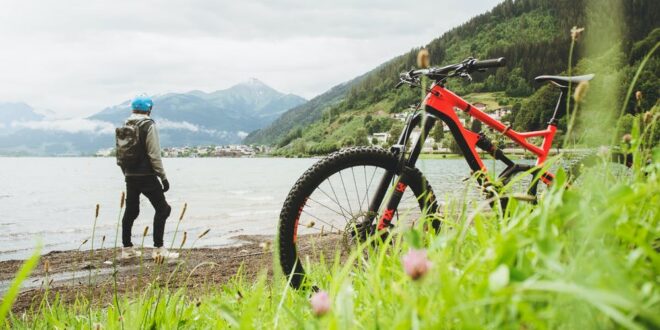Being a mountain biker demands two things, the first is moderate fitness levels, and the second is developing bike riding skills. If you are an e-bike owner, you don’t need to concern yourself with fitness.
Did you know that e-bikes are relatively easier to ride since the calorie loss is significantly less than regular bikes?
As a beginner, you should remember that a good rider does not necessarily have to be the fittest person, but if you have a solid understanding of how it functions, you can ride it efficiently.
This brings us to seven useful tips every new mountain biker should consider before riding.
Setting Up Your New Bike
There are multiple steps that go into bike setup. It can vary depending on the rider’s body height, weight, and personal preference. The following section will help you build a base that optimizes your rides. Or you can click here to learn more about your new mountain bike.
1. Height and Position of The Saddle
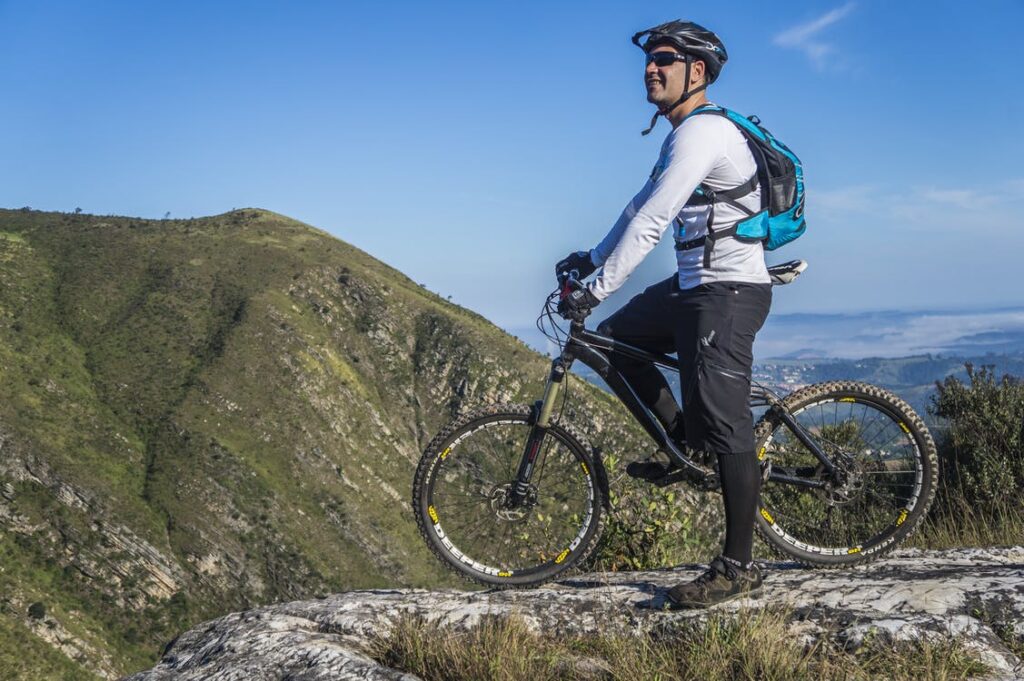
Your saddle height is vital and solely depends on your height and comfort. But, you must take this seriously as the height can determine the bike fit.
Placing your feet on the pedal following a 180 degree position, you’d think that your legs must be completely aligned. The truth is, it’s ideal to slightly bend your knee, meaning your leg will also not be at a straight angle.
While you do that, you should be able to reach the bottom of the pedal stroke with ease. Note: it shouldn’t feel like a squat.
Now the position of the saddle is adjustable. This means that you can shift it to your liking. It can be moved forward or backward, including the angle of it. Find your comfort position by tweaking it a little bit. If you are confused, you can always take it to a bike expert for help.
2. Tire Pressure
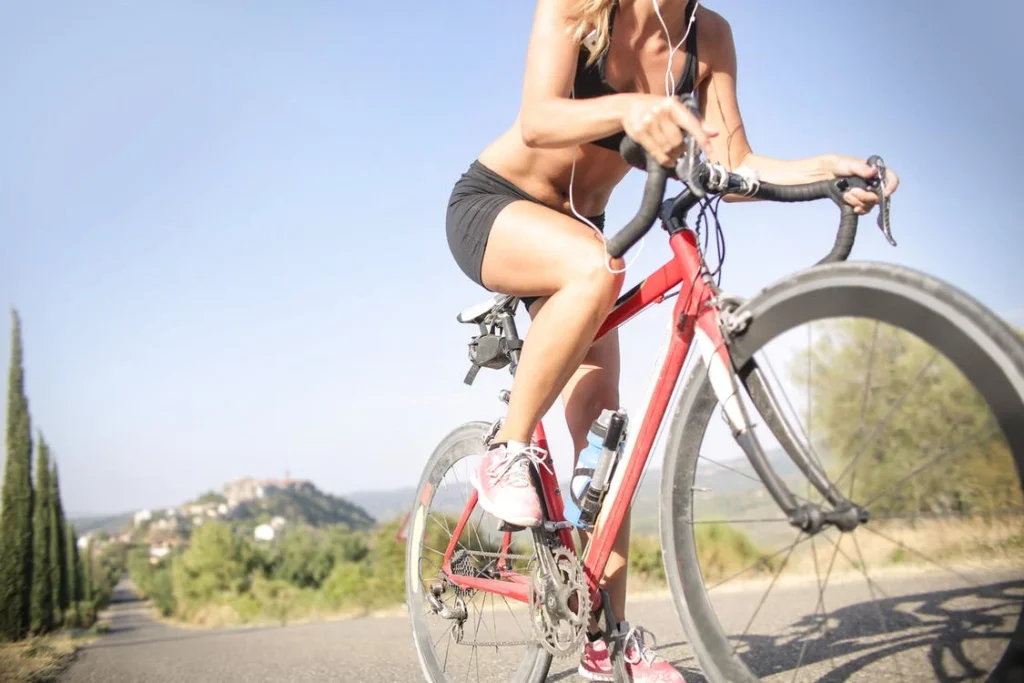
The correct tire pressure can increase your efficiency and the overall experience of your ride. It can certainly make it more pleasant. If you accidentally put too much tire pressure, it can lead to less traction, which can be seriously uncomfortable and invite sudden mishaps.
The same goes for little pressure. Your bike tires will not feel sturdy infact; you may even notice that the tires are curling up due to lack of pressure.
Tubeless tires are highly recommended as they are easier for beginners.
The actual pressure of the tire can be determined based on certain factors like weight, trail condition, etc. So, there’s no point in looking for a standard number.
You can run a trial and error with pressures between 20-28 psi to find out what works best for you and your bike. Typically, you are advised to run the rear tire a bit harder, as they are always the first to get punctures.
3. Suspension
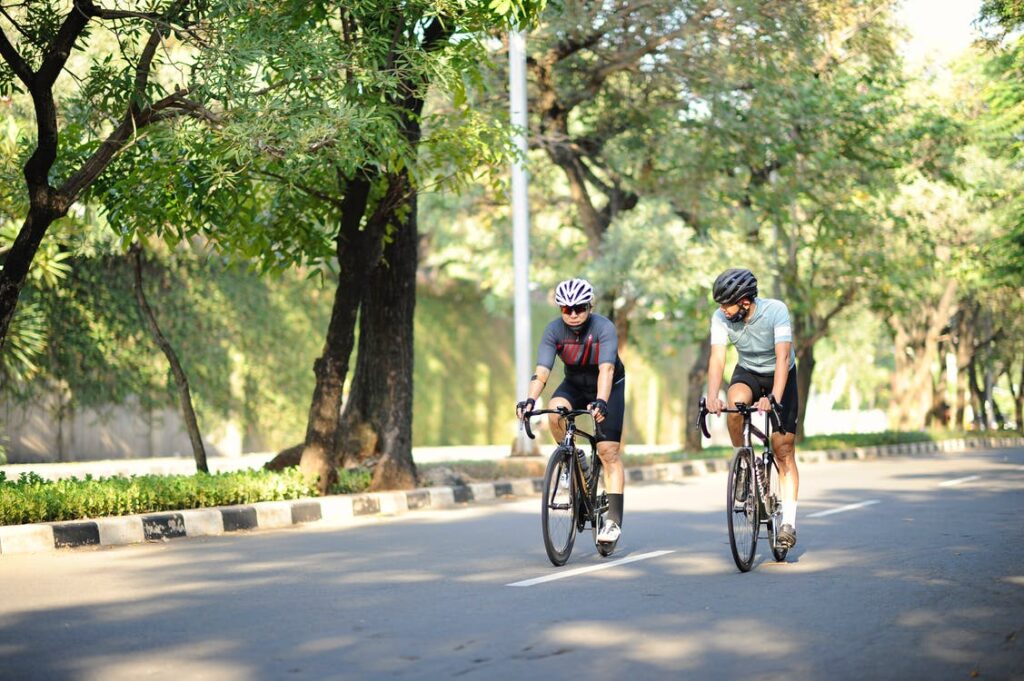
Another important aspect of your mountain bike is the suspension. The fort or the shock of your new bike will need to be monitored. Firstly, set the air pressure accordingly and let it out. Look for rebound and compression functions in your suspension.
Read your bike’s manual to identify the recommended suspension setting. Follow it carefully. You can also take it back to the store you bought it from. They will be able to help you set it up and make adjustments too.
4. Maintenance
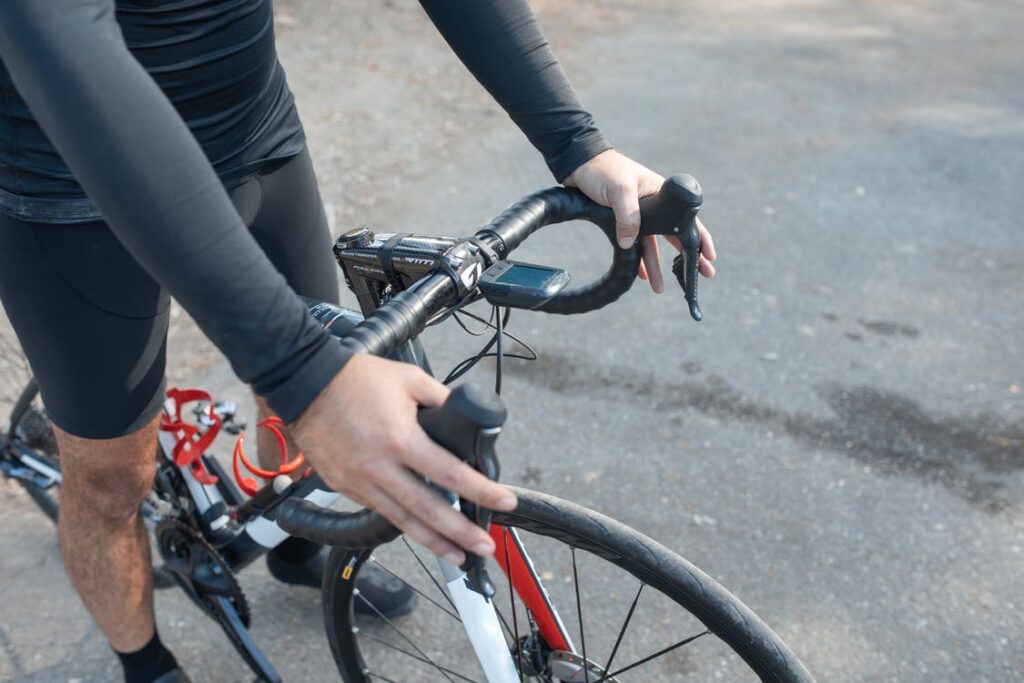
You must look after it for it to look after you on the road. Simply, have a healthy cleaning and maintenance routine to keep it in its best condition. If you want it to serve you efficitiently, you must clean it.
When we say clean, it’s not just the exterior parts. You should also pay great attention to the gears, chain, tires, suspension seals, etc. To clean it properly, you should get a garden hose, wiping clothes, gentle brush, and a degreaser. You can use dishwashing soap to clean your bike too. For your bike chain, it’s ideal to use lubes.
Here’s a safety tip: always check your bike’s tires and pressure before taking it out on a ride.
Riding Your New Bike
1. Practise To Build
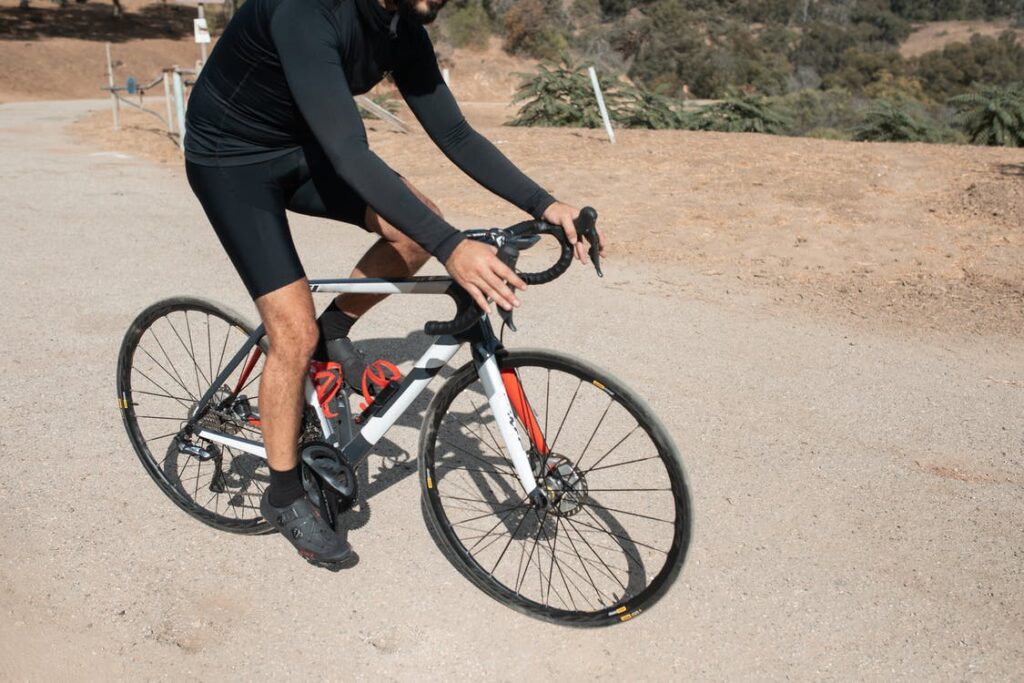
Your initial concern should not be speed or intense trails. You must be able to ride your bike comfortably on plain platforms first. It’s not a bad idea to develop basic fitness levels too. If you fear falling over, you should face it and get rid of it too.
Perhaps, try taking it out every day for twenty to thirty minutes. Ride it around to familiarize yourself with its functions, base, and speed, especially if it’s an electric mountain bike. Your bike handling skills will improve over time if you practice regularly. However, taking your mountain bike out on a ride, especially on a trail, demands serious endurance and some level of fitness.
So make sure you work on that. When you take it out for longer trips, ensure you carry a bottle of electrolyte drink in case you feel dizzy.
2. Take Scheduled Breaks/Intervals
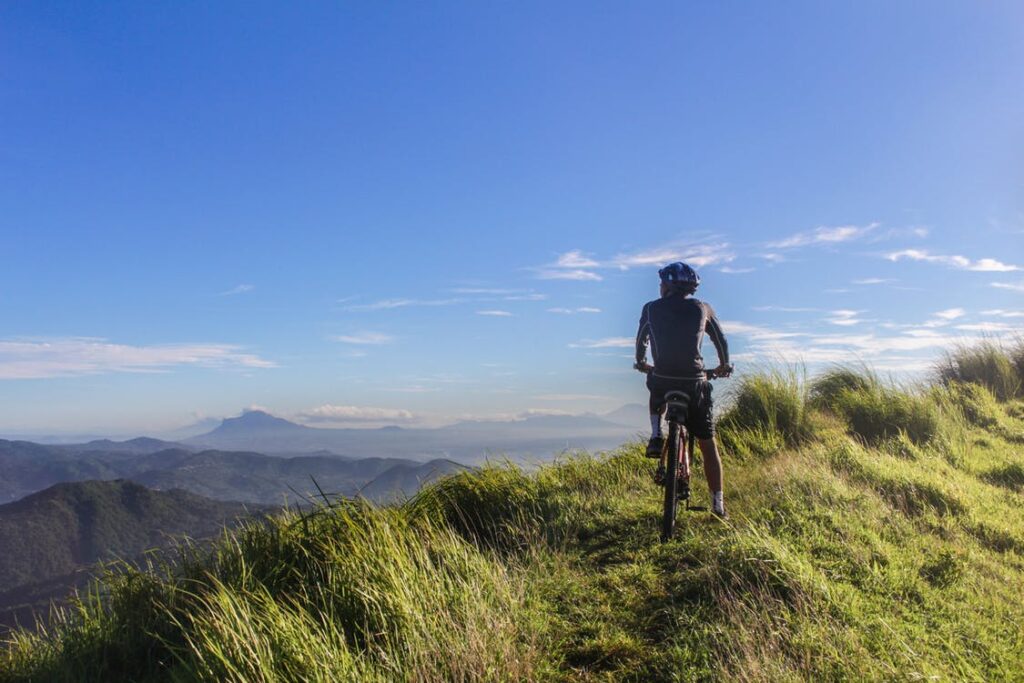
We recommend you practice for at least three to four weeks straight to build a proper and reliable base. However, it’s also essential to take a three to five-minute break if you are riding for more than 30 minutes straight. If at any moment you feel you can’t keep with the pace, stop immediately.
Give your body the time to adjust to this new way of staying healthy and happy. And most importantly, don’t give up. If today was not your day, it’s okay; try again tomorrow.
Conclusion
You should practice more often to improve your riding skills and increase your speed. More miles will lead to better progress in terms of your fitness and skills. And like we said, riding your mountain bike demands a good balance of both. You can also join cycling groups to get into the habit of practicing with like-minded enthusiasts. It will definitely become your favorite thing to do on weekends. Good luck.
 Imagup General Magazine 2024
Imagup General Magazine 2024
